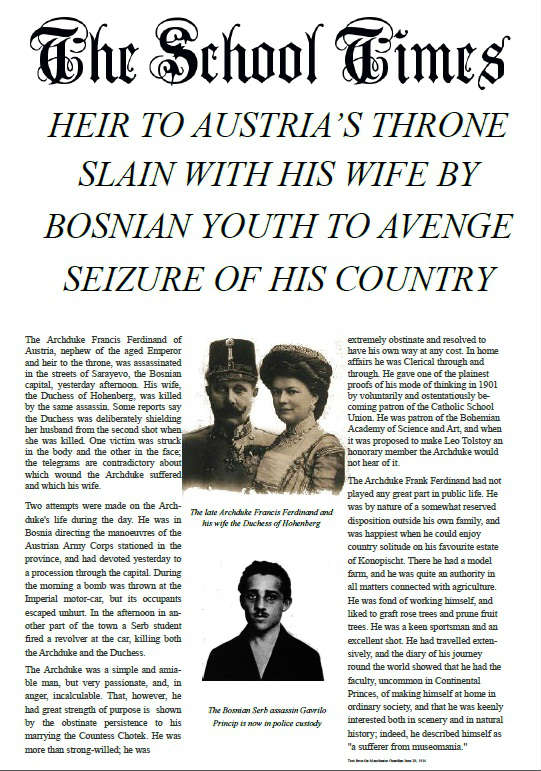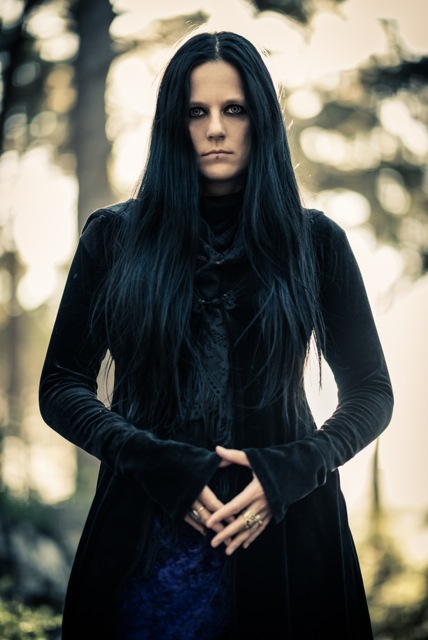 Hi Nerine, welcome to Teen Librarian. As is customary in these interviews I ask all authors to introduce themselves to the audience.
Hi Nerine, welcome to Teen Librarian. As is customary in these interviews I ask all authors to introduce themselves to the audience.
Thanks for having me over, Matt. In brief, I’m an editor and author of SFF/H based in Cape Town, South Africa. I have a passion for stories and storytelling, especially when it comes to genre fiction. Apart from that, I am nominally involved in the local indie film scene, and also play guitar. I curate the annual South African HorrorFest Bloody Parchment event, short story competition and anthology. For some reason, I’ve also been named The Vampire Queen of the South. Make of that what you will. 😉
Most of your previous works would be classified as dark fantasy for adults and while TGW is still on the fringes of that genre it is aimed firmly at Young Adult readers – why did you decide to write for teens?
Why not write for YA readers? I don’t generally make distinctions, and write what I will, when the story asks for it. I have a great love for tales that follow the progress of characters when they are still in their teens. They have their whole lives ahead of them, which gives the author lots of scope to develop their adventures and grow them as characters. If I think back to my favourite stories, most of the characters were youngsters (think Frodo Baggins from The Lord of the Rings, Garion from the Belgariad, Lessa from Anne McCaffrey’s Dragonriders of Pern books, Fitz from Robin Hobb’s books… the list goes on and on). Most of those books were in the adult section when I was a kid. I think if they’d been written in current times, they may have been reclassified as YA.
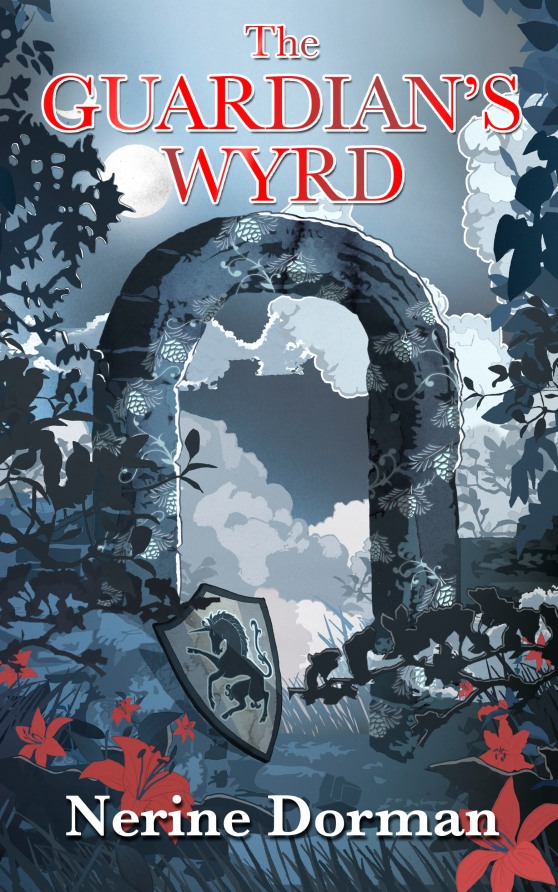 How would you describe The Guardian’s Wyrd in a sentence that would hook a potential reader?
How would you describe The Guardian’s Wyrd in a sentence that would hook a potential reader?
Teen rebel becomes besties with a prince from a magical realm and discovers that he can wield magic.
The protagonist Jay is mixed-race which makes a nice change from the usual white protagonists in fantasy fiction. What are your thoughts on the under-representation of people of colour as protagonists in fantasy fiction?
I cannot even begin to tell you how bored I am with the standard Caucasian tropes in fantasy, so anything I can do to buck the trend, I will. I’ll mix it up, and even in my secondary world fantasy, I bring in non-standard ethnicities. I love fantasy where the template for a particular culture is recognisably non-European. For instance, I loved GRRM’s Dothraki, and I’m currently reading and loving Karen Miller’s Empress, where the people are most definitely *not* blond-haired and pale.
Good fantasy transcends traditional boundaries, and I’d like to see more authors doing that. The current climate that favours indie and small press authors is great for diversity, and I’d like to see more breaking with traditional roles. This is a difficult stance to take, because there is incredible reader resistance to non-standard settings. But I encourage other authors to be brave. The more of us that write what we want, the better it is for diversity in the long run.
Are there any books or authors that inspired you in the writing of TGW?
Definitely to a degree CS Lewis for the Narnia books. Yes, it’s an old trope to have an Earthling immersed in a foreign, magical realm, but it’s a good one. I recently reread The Lion, The Witch and the Wardrobe, which was a slightly poignant experience, because I didn’t quite see the book the same way as I did when I was little. However that sense of wonder still had me in its grip. But I do pay my respects to JRR Tolkien, George RR Martin and Storm Constantine for their epic fantasy, and especially for the sense of the reader stumbling into the tail-end of a story. Mystery, magic and wonder – not to forget the danger and adventure.
One thing I noticed – more by its absence than anything else was the lack of anything remotely love triangle-y (apart from the unrequited yearnings he had for his music teacher and the snog with the bird girl). Why do you think so many authors throw tangled love-lives into their stories?
Plainly put, love triangles bore the bantha pudu out of me. How many of us actually experience them for real? My teenage years were an interminable agony of unrequited love until I had my first proper boyfriend at the age of 17. I’m sure many of us can relate. Sure, I had a pile of unsuitable boys pine after me, but I didn’t return their feelings. Real life doesn’t follow a set script, and I suspect that many writers feel that the love triangle seems to be a convenient narrative device.
That being said, sometimes a love triangle is called for – just not in this story. It’s not something I’ll put in for the sake of having the trope there, and it’s very much *what* an author does with the trope that counts. It’s reached the point that when I read YA fiction with an obvious love triangle, I start rolling my eyes. In real life, there will be people you like. Sometimes they’ll like you back. Sometimes you’ll get involved with them even if you’re not totally in love with them. Maybe you’ll meet someone else you do *really* like. They might not like you back the same way, yet they’ll dance with you and hold your hand for a bit. Then they won’t ever call you back.
When you’re young, it’s difficult to hold onto that whole “one true love” concept. Yes, sometimes there will be that one person who’ll gut you emotionally, and you’ll walk around for years with the rusty knife in your back, but life goes on. You’ll meet someone new, develop feelings for them. Hey, maybe you’ll even get married.
To be honest, I’d like to see more authors write about characters who consciously work on a relationship with someone they choose to love instead of just falling in love. Where it’s a gradual, growing fascination rather than a *Zzzzzt! instalove! Across the room!* thing. And love isn’t always simple, easy or kind.
We had a taste of Sunthyst on Rowan’s world which is shown to be an extremely prejudicial society showed pretty blatantly with the use of slaves stolen from our world and a suspicion of magic users, do you have plans to show other nations or parts of the world that may not be as unpleasant?
I’m a sucker for a “warts and all” approach to my world-building. In real life, each nation is built on the subjugation of another, and they in turn are conquered or overrun. I don’t apologise for my outlook, and believe that as an author, it’s my duty to show the imperfections in society. Or at least in a story where there are heavy fantasy elements, I strive for a degree of realism. Anything less would be writing twee, cute and fluffy stories, and I’m sorry, that’s not what I’m about. My unicorns have fangs. They bite.
Conversely Jay and Rowan make a bit of an odd couple in the real (our) world do you have any plans to show their friendship developing with school and the demands and prejudices of this side of the portal?
Book two has been plotted, and yes, our two friends do test the boundaries of their relationship. Which one of your closest friends hasn’t at some point made you want to slap them? But you stick with them because you know they’ll do the same to you when you’re acting up. You friend can say stuff to you that you’d never tolerate from a stranger. In some ways, friends can be better than family, because you get to choose your friends – not so much with family, who can be unashamedly underhanded and nasty. Especially when it comes to inheritance, or favouritism with parents.
I enjoyed the instances of SA slang in the book (in some cases it was the first time I have seen certain expressions written down) do you think that international audiences will benefit from a glossary?
I’m a firm believer in letting readers figure it out for themselves. After all, not all the books I read from the US or the UK have a glossary, and I had no idea what the words meant. Granted, if an editor asks nicely, I’ll put one in. [smiles] I feel an author should be able to communicate the meaning of the slang through the context of the word. [Go read A Clockwork Orange without referring to the glossary. It’s real horrorshow.] That being said, these days you don’t have an excuse. I ask Google if I don’t have the answer. Google is my friend… 😉
Lastly, South Africa is appears to be experiencing a boom in YA writing, are there any other authors whose works you enjoy that you would like to recommend?
Cat Hellisen, definitely. Though her books are more adult, in my mind, her debut novel When The Sea is Rising Red was released for the YA market. Then Suzanne van Rooyen has totally wowed me. Like Cat, she isn’t too concerned with trends and her writing is gritty and poignant in all the right ways. I can’t recommend Rachel Zadok enough, and would recommend her to YA and adult readers alike, purely because she writes like the secret lovechild of Nick Cave and Poppy Z Brite.
Then for lovers of contemporary YA, there’s SA Partridge, who really knows how to nail the issues that teens face, and with so much compassion too. As for other South African authors in genre fiction, I recommend SL Grey, Sarah Lotz and Louis Greenberg. Granted, SL Grey is those two writing together, but you really can’t go wrong with them as both are utterly wicked in all the delightfully wrong ways. A recent addition to the local genre fiction scene would be Dave-Brendon de Burgh, who’s writing epic fantasy that should appeal to those who enjoy the likes of Robert Jordan and Steven Erikson.
Follow Nerine on Twitter (@nerinedorman) and sign up for her newsletter (http://eepurl.com/JoPUv). Add The Guardian’s Wyrd to your Goodreads list and purchase at Amazon or Kobo.
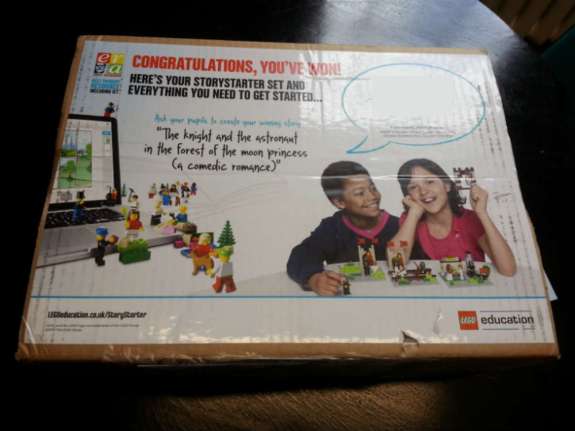 The brilliant box
The brilliant box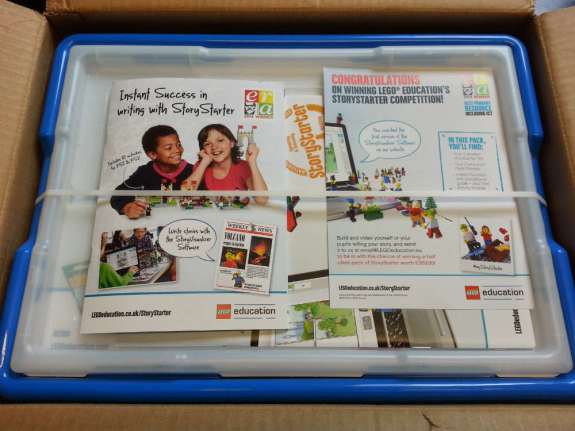 The curriculum pack preview documents. You can read more about the curriculum pack here
The curriculum pack preview documents. You can read more about the curriculum pack here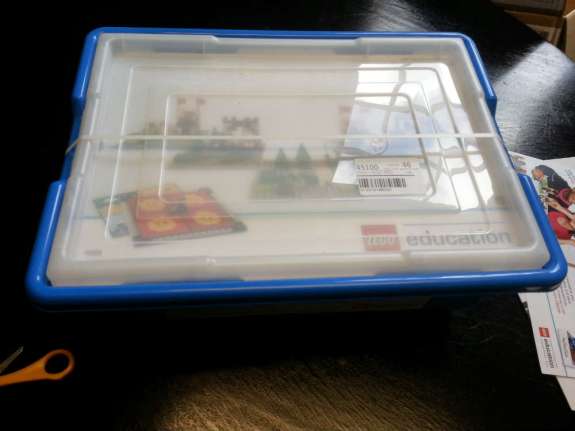
 Storage compartment
Storage compartment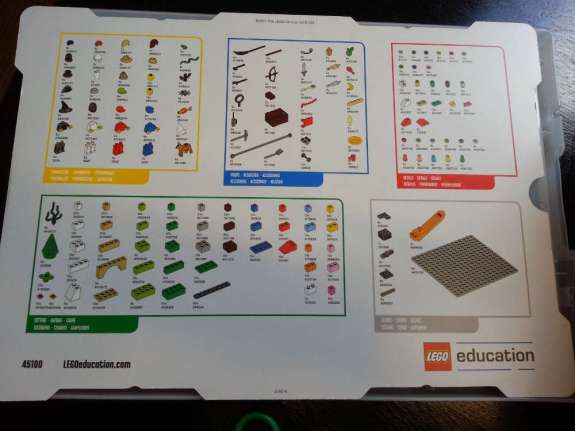 Pictures and quantities of every Lego piece included
Pictures and quantities of every Lego piece included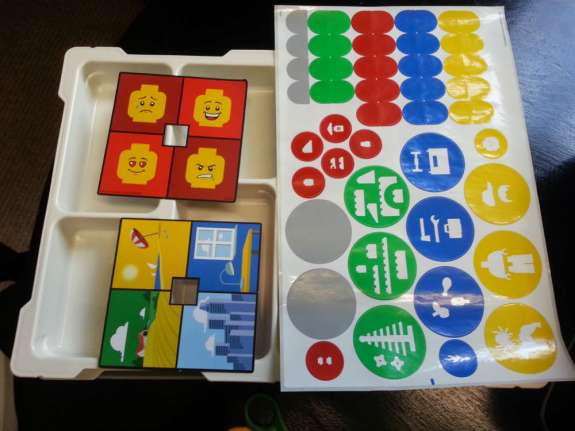 The spinner bases and stickers for the storage compartments
The spinner bases and stickers for the storage compartments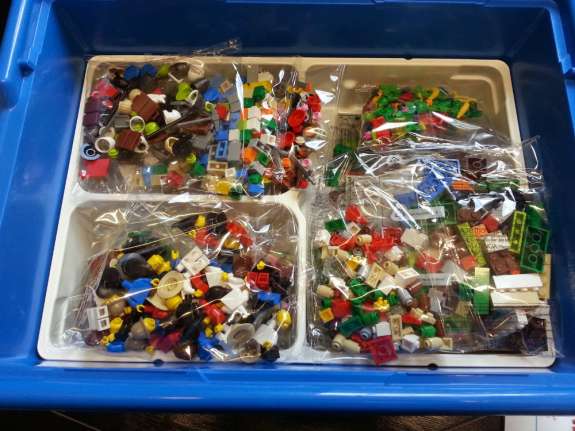 Bagged up Lego pieces in another storage compartment
Bagged up Lego pieces in another storage compartment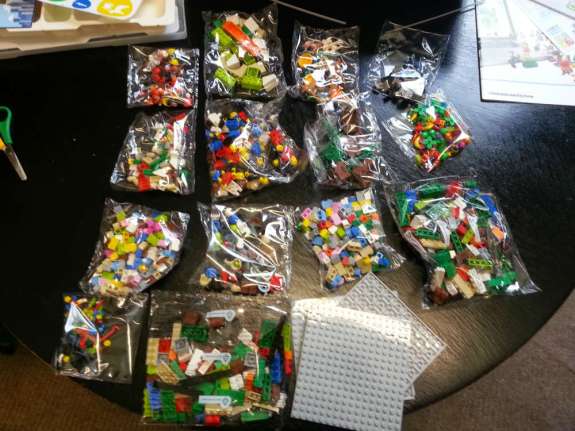 All the Lego pieces spread out
All the Lego pieces spread out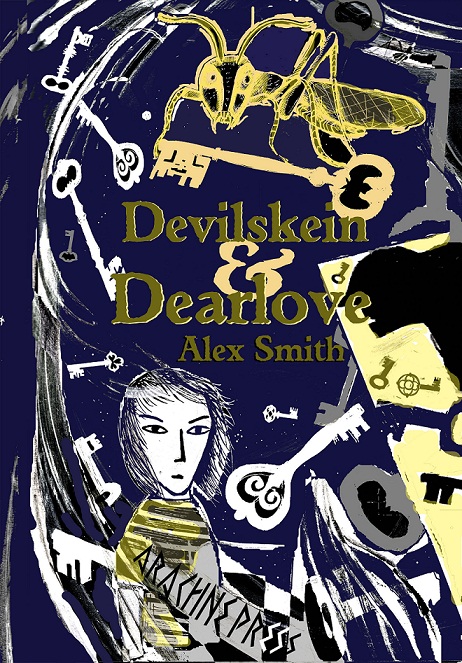
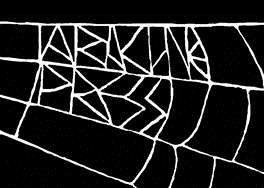

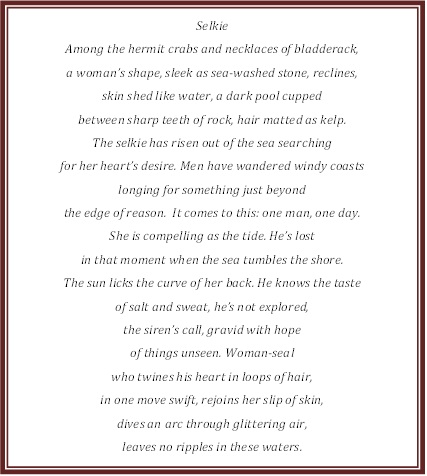

 Hi Nerine, welcome to Teen Librarian. As is customary in these interviews I ask all authors to introduce themselves to the audience.
Hi Nerine, welcome to Teen Librarian. As is customary in these interviews I ask all authors to introduce themselves to the audience. How would you describe The Guardian’s Wyrd in a sentence that would hook a potential reader?
How would you describe The Guardian’s Wyrd in a sentence that would hook a potential reader?